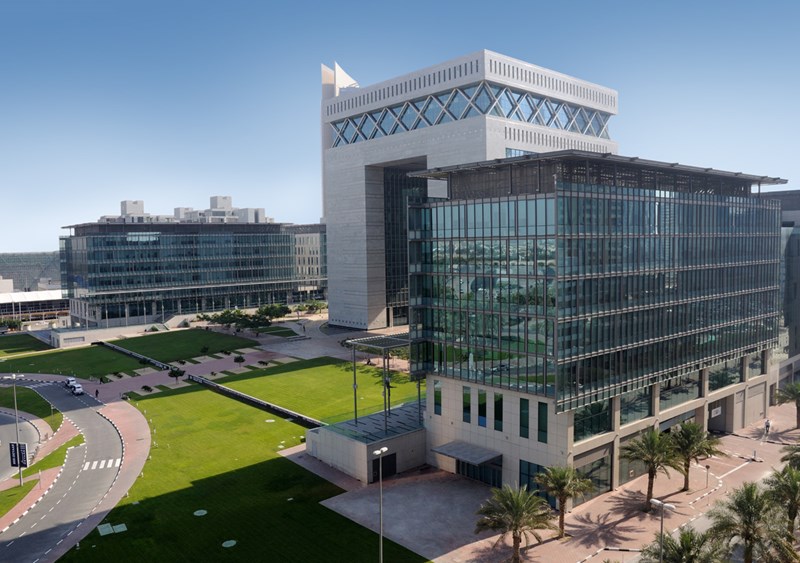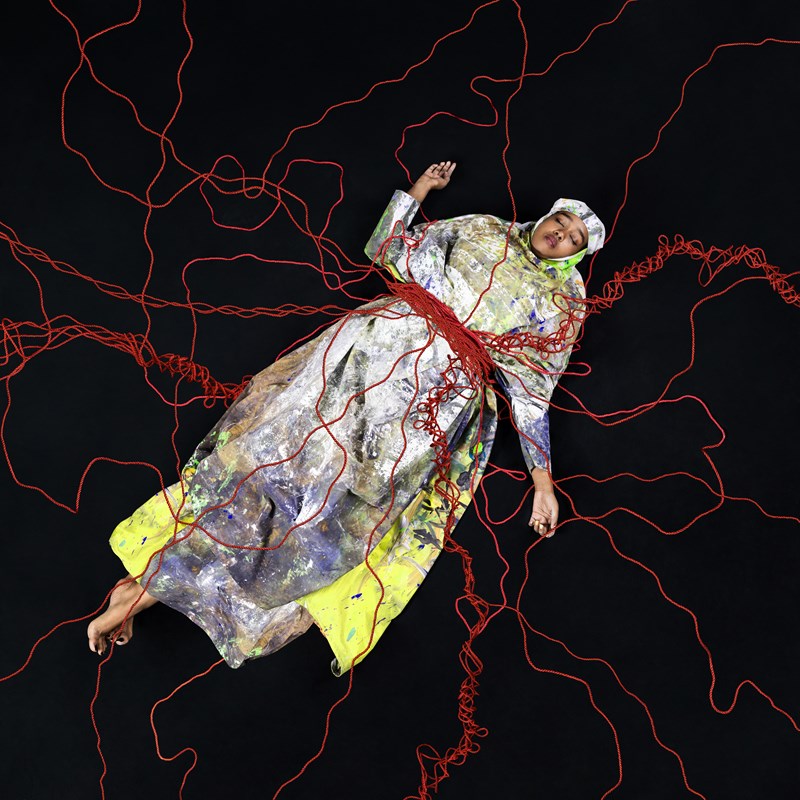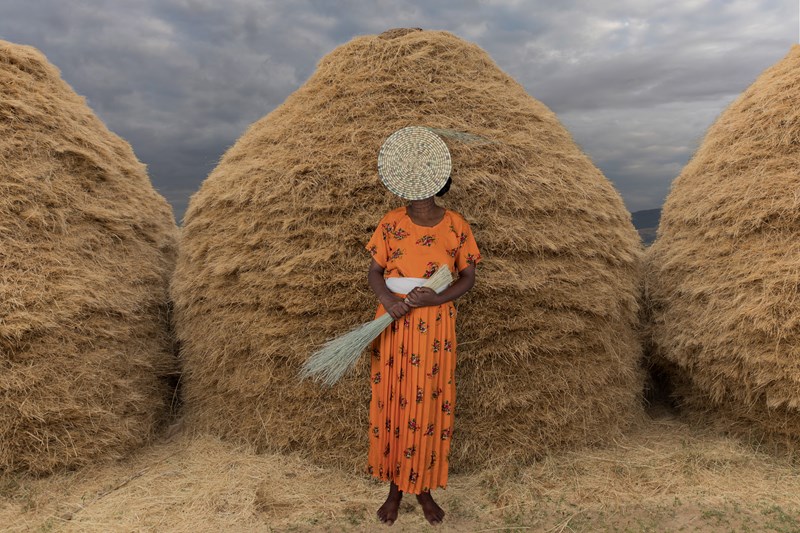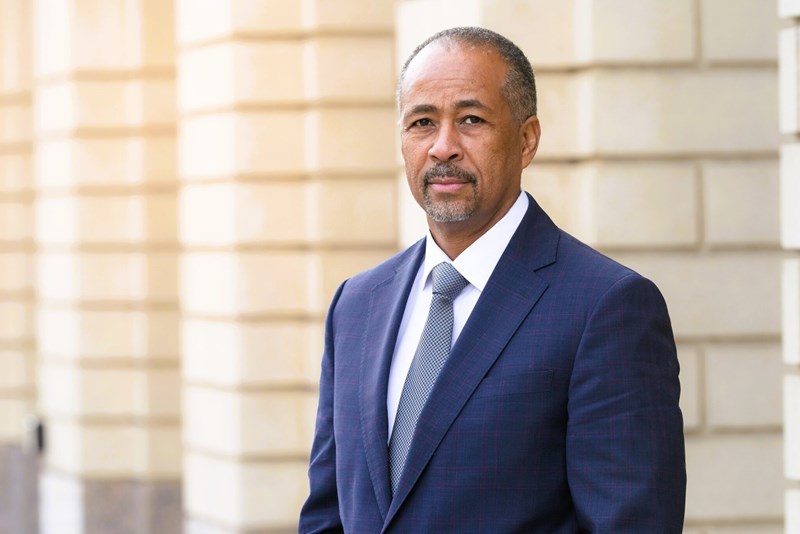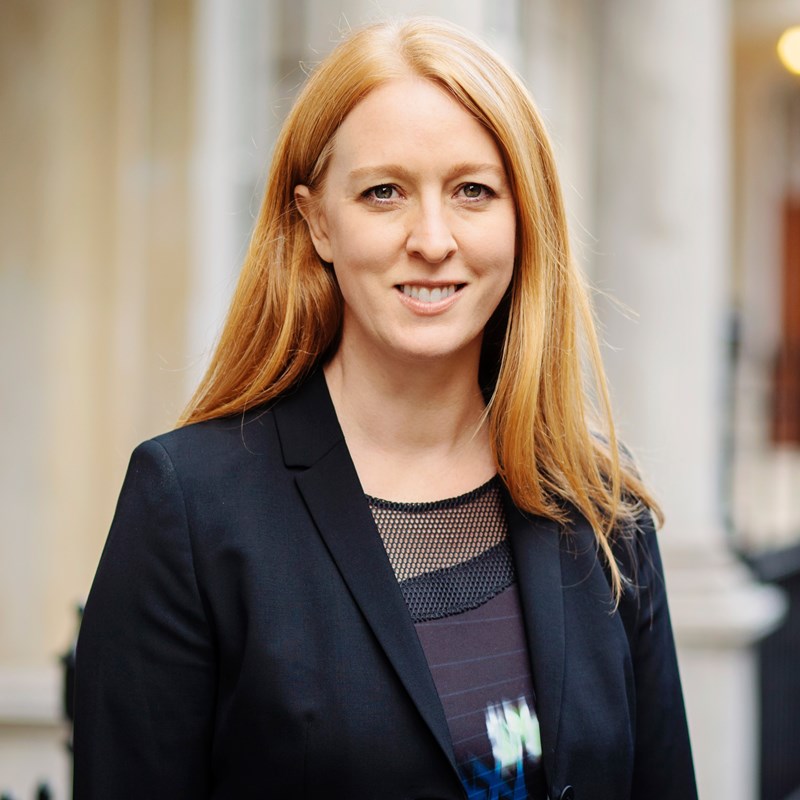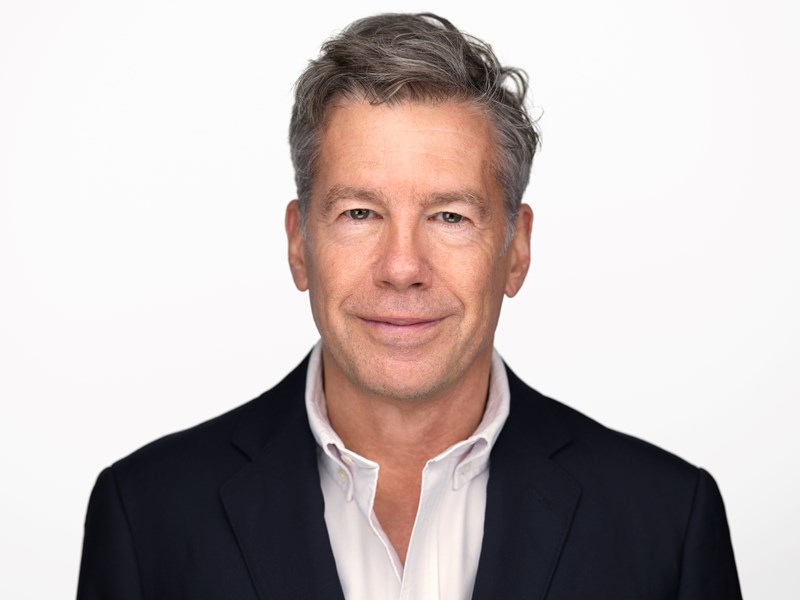Like its predecessors, Legatum’s next philanthropic vehicle, the Luminos Fund, was also incubated through a series of pilot programmes steered by Geneva Global, but this time in partnership with the Strømme Foundation, a Norwegian NGO, supporting children in Mali, Niger, and Burkina Faso through its Speed Schools initiative.
An education programme providing a second chance for children who have dropped out of education, Speed Schools combined child-centred, activity-based pedagogy to bring out-of-class learners back up to speed, with holistic support such as school meals and training for families to understand the importance of education.
Keen to scale the model, Legatum began working in Ethiopia, where in 2010 an estimated 60 percent of primary-age children were out of school. Early results were encouraging, and so they created the Luminos Fund, appointing Caitlin Baron as its CEO.
Baron, who had been based in South Africa with the Michael & Susan Dell Foundation, has an indelible memory of an early visit to a school in rural Ethiopia to see the pilot in progress.
“We travelled out a long way into what really felt like the back of beyond, well beyond the reach of a cell phone signal or electricity grid, until we came to this tiny classroom with mud walls and a tin roof,” she recalled. “The only source of light inside was what came from the door but in the room was an array of hand-made learning materials and a set of children joyfully engaging with each other.”
Baron says she “fell in love on the spot” and a decade later, remains at the helm of Luminos, which is still working in Ethiopia, but also in Ghana, Lebanon, Liberia, and The Gambia.
Earlier this year, Baron published The Luminos Method, a practical guide for educators, policymakers, and changemakers to help children learn—even in the most challenging circumstances – drawing on findings from 10 years of programming.
And there is plenty of data to share. Not only does Luminos run a real-time dashboard to track the progress of all its learners, but it has also commissioned more than 30 randomised control trials.
Among them is one that in 2022 found Luminos students in Liberia could read four times as many words per minute and complete two times as many addition and subtraction problems as children in control communities.
To-date, Luminos has given nearly 400,000 vulnerable and out-of-school children a second chance at learning. Overall, Luminos students are twice as likely to complete primary school than their peers. Meanwhile, three quarters of those who do the Second Chance programme are still in mainstream classrooms after 12 months.
A longitudinal study published in 2017 by the University of Sussex, looking at Luminos’s impacts in Ethiopia, also revealed extraordinary results.
Tracking the progress of 625 Second Chance graduates who had transitioned to public schooling after Luminos’ intervention (and comparing them against a control group of 1,250 government school students), the study found that Second Chance children completed primary school at twice the rate of government students.
Meanwhile, 75 percent of Second Chance children were still in formal school after six years, compared to 63 percent of government students. Second Chance children also outperformed government students by an average of 10percent across Maths, English, and the local language (Sidama), and had higher aspirations for their academic and employment futures than their peers.


